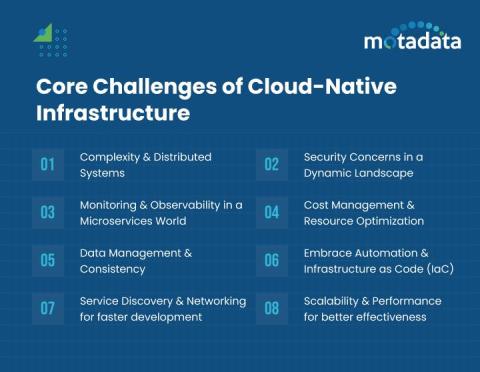How Agile Leadership Transforms IT Operations
Traditional IT operations, with their waterfall processes and lengthy release cycles, can feel sluggish in today's business environment. This constant state of "catch-up" can lead to frustration for developers, ops staff, and business leaders alike. Developers struggle to see their innovative ideas come to life quickly. Operations teams scramble to deploy code that feels outdated before it even hits production. Business leaders see their growth potential hampered by slow IT delivery.











